Are you looking for a trusty heater that is compatiable with your RV as you embark on freedom camping? Maybe you’re planning on boondocking for a couple of days and need a powerful heater to keep warm during the chiller nights. We’ve certainly been there before, when boondocking in those chilly winter months in the great US outdoors. This blog post reviews the best heaters for RV boondocking that we’ve found online. There’s something here for every RV-er looking for an efficient way to stay warm while RVing or camping with their family this winter.
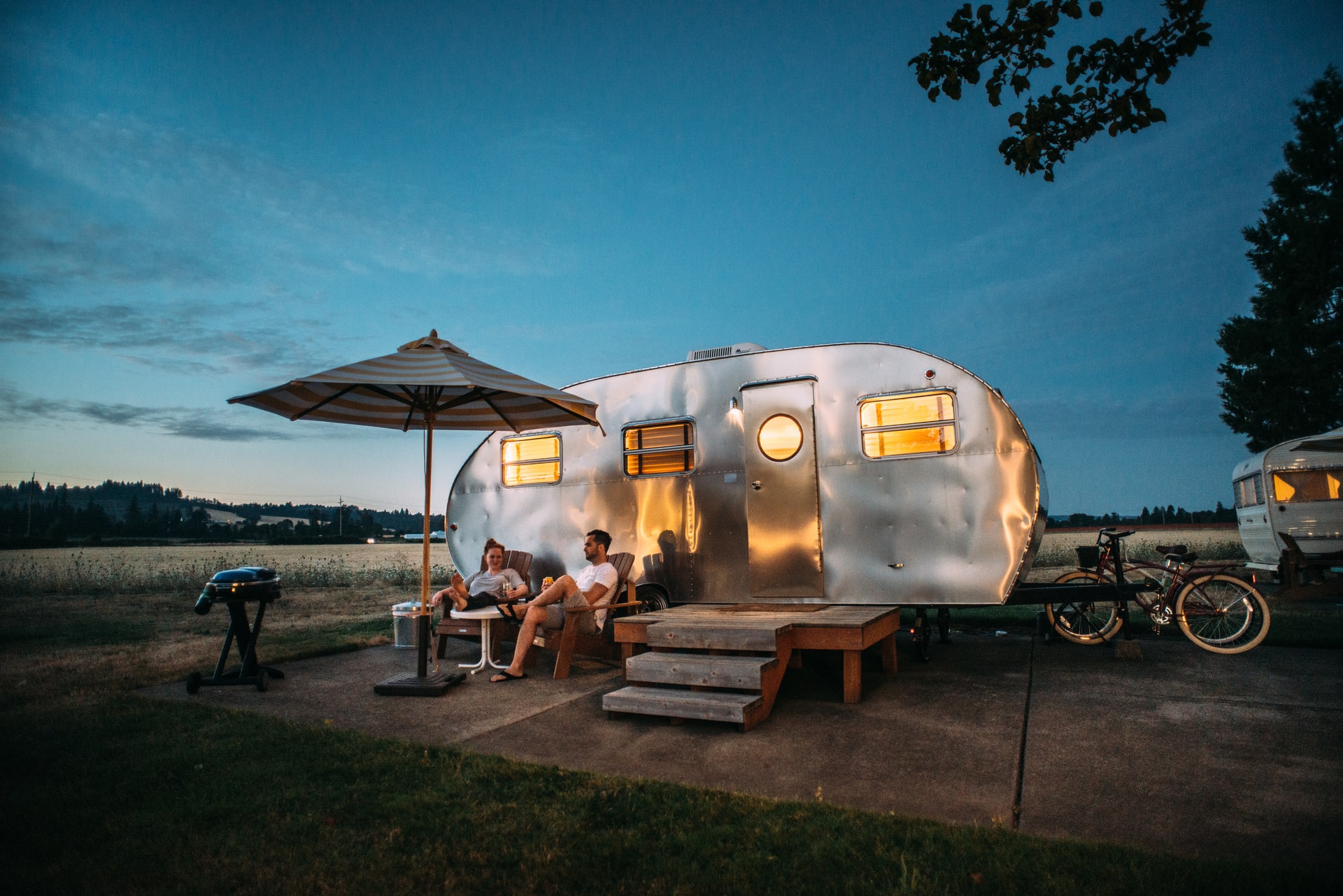
What is the Best Heater for RV Boondocking?
Below you’ll find the list of the top 7 Best Heater for RV Boondocking. We compiled this list from heaters for RV boondocking we have used, asked others about, and researched further to give you the best possible roundup. With many years of experience with RV boondocking heaters you can be assured that this article will give you what you’re looking for.
We also wrote a buying guide and answered some of the frequently asked questions (FAQs) at the end of this article.
1. Honeywell HeatGenius Ceramic Heater
| Specs |
|---|
| Price: 💲💲💲💲 (fewer 💲 = cheaper) Size: 17.1 x 10.2 x 5.9 inches (43.6 x 25.9 x 15 cm) Type: Radiant, Convection Heating Element: Ceramic Heating Capacity: 1500 watts |
The Honeywell HeatGenius Ceramic Heater is a digital electric heater and one of several models from this brand. It offers six heat settings that allow you to customize the heat output for your needs. Additionally, the heat settings enable you to choose between radiant heating focused on yourself or the floor around the heater and convectional heating that warms the entire room with the touch of a button.
The Quiet Mode is unlike the Fan-Only setting found in other models where the fan blows cool air. This unit produces low heat and fan speed to disperse a little warmth while creating a calming environment with white noise. The heater has a 2-hour auto-shutoff function that users find is convenient, especially when going to sleep.
When activated, the heater reduces heat down a notch every 30 minutes until it shuts off. Plus, it also features a programmable thermostat function to set the temperature you prefer. However, the one function it doesn’t come with is oscillation to enable the heater to warm up your space faster and more evenly.
Pros
- Features six heat settings for personalized comfort,
- The adjustable thermostat helps to maintain preferred temperature,
- Convenient 2-hour shut-off timer for nighttime use,
- Quiet Mode provides soothing warmth and white noise,
- User-friendly controls with a digital display
Cons
- It does not feature oscillating function,
- The temperature sensor is not accurate and affects the thermostat
2. Cadet CSC151TW Com-Pak 1500W
| Specs |
|---|
| Price: 💲💲💲💲 (fewer 💲 = cheaper) Weight: 7 pounds (3.18 kg) Size: 12 x 9 x 4 inches (30.5 x 22.9 x 10.2 cm) Type: Wall Heater Heating Element: Nichrome Coil Heating Capacity: 1500 watts |
The Cadet CSC151TW Com-Pak is an affordable and efficient electric wall heater suitable for warming small rooms quickly. Unlike typical space heaters, wall heaters are permanent fixtures recessed inside your wall and are not portable. However, they are easy to install and do not require ducting, which saves on costs.
The CSC151TW model is a 120V- 1500 watts electrical heater that is hard-wired directly to the electrical circuit in your home. It features a built-in single-pole adjustable thermostat with a temperature range of 40°F to 85°F, giving you the flexibility to set the most comfortable ambient temperature. It also features a nichrome coil element that heats up quickly for instant warmth. However, wall heaters are generally inefficient in producing energy because the heating element stops radiating heat immediately after switching it off.
On the upside, this model has a centrifugal fan that delivers quiet operation and is easy to install. It also features a high-temperature safety shutoff to prevent the unit from overheating and burning up the wall. It mounts on the ceiling and horizontally or vertically on your wall, depending on your preference.
Pros
- Flexible mounting options for your convenience,
- Easy to install and delivers quiet operation,
- The thermostat helps to regulate ambient temperature,
- Includes an overheating auto-shutoff safety feature,
- Suitable for use in bathrooms and any space up to 200 square
Cons
- May have a short service life,
- The manufacturer has poor customer service
3. BLACK+DECKER BHDE1706 Electronic Indoor Space Heater
| Specs |
|---|
| Price: 💲 (fewer 💲 = cheaper) Size: 9.2 x 7.6 x 4.7 inches (23.4 x 19.3 x 11.9 cm) Type: Forced Air Heating Element: Infrared Heating Capacity: 1500 watts Certifications: ETL Certified |
This Black & Decker BHDE1706 is a reasonably priced space heater that features digital controls instead of manual controls that you get from other models in this price bracket. The unit has two heat settings at 750 watts and 1500 watts plus five temperature levels from 60°F – 80°F that allow you to use the fan in any season. We also like that it comes with a 6-foot cord that gives you more range of movement, while its compact shape makes it convenient to carry around and flexible for use in small spaces.
The BHDE1706 heater features an electronic programmable thermostat with an E-SAVE function that cycles the heater between low and high settings to maintain the desired temperature and conserve energy during operation. The unit features a forced-air heating system that is almost similar to convection-style heating in that it draws in cool air, warms it, and blows it back out at hot air to warm the space.
However, forced air heaters use heated polymer elements instead of PTC ceramic to heat the air. The advantage of a forced-air heater is that it provides more uniform room temperature control than convection heaters. On the downside, the heating effect stops as soon as it is off, and it may be louder to operate than convection heaters.
Pros
- Features easy digital controls with simple high-low functions,
- The thermostat helps to maintain temperature by cycling the heater,
- Compact design allows portability and easy storage,
- Its long cord provides more range of movement for operation
Cons
- Does not have tip-over protection for safety,
- It does not retain heat once it is off
4. Honeywell Slim Ceramic Tower Heater
| Specs |
|---|
| Price: 💲💲 (fewer 💲 = cheaper) Size: 21.6 x 8.7 x 6.7 inches (54.9 x 22.1 x 17 cm) Type: Convection Heating Element: Ceramic Heating Capacity: 1500 watts Certifications: ETL Certified |
The Honeywell Slim Ceramic Tower Heater features a 21.6-inch tower design with a slim profile, making it flexible for use in any space without getting in the way. The unit comes with a broad choice of features for its price range, giving it better value for money than the competition. Additionally, it comes with a user-friendly digital control panel and to make operation easy.
The heater features two heat settings at 1500 watts and 750 watts to choose from, plus the programmable thermostat helps to maintain the temperature setting you desire by cycling the heater on and off. The thermostat automatically works at the high heat setting with a temperature range between 60°F to 85°F. Users note that this feature would have been more versatile if it included a broader temperature range for use in the warm seasons and if it came with remote control for convenience.
However, the heater gets high ratings on its compact and lightweight design, thermostat functionality, and excellent heat output. It comes with a flexible timer function to switch it off when you don’t need it and an 80-degree oscillation function to spread the warmth evenly. The overheating and tip-over safety features are also attractive for people with pets and kids to prevent accidents.
Pros
- Slim profile and lightweight construction for flexible applications,
- Two overheat protection safety features prevent damage from excess heat,
- Adjustable thermostat and oscillating features warm the space evenly,
- Its sturdy base helps prevent vibration while in operation
Cons
- It has a narrow thermostat temperature range,
- It does not come with a remote control
5. TURBRO Suburbs TS17 Compact Electric Fireplace Stove
| Specs |
|---|
| Price: 💲💲💲 (fewer 💲 = cheaper) Weight: 13 pounds (5.9 kg) Size: 18 x 15 x 9 inches (45.7 x 38.1 x 22.9 cm) Type: Convection Heating Element: Metal Heating Capacity: 1400 watts Certifications: CSA Certified |
The Turbro Suburbs TS17 is a freestanding electric stove featuring a vintage fireplace design. It also features a realistic LED burning logs effect that creates a warm ambiance. Plus, one can switch on the LED without turning on the heat, which is a nice feature to use any time of the year. The heater has a 4777BTU heat output that can warm up a 400 square foot space in minutes. It also comes with user-friendly manual controls that include a 1400w heat switch, a power switch, and an adjustable thermostat function.
The thermostat has a temperature range of 65°F to 95°F adjustable to your comfort. However, this unit is manually operated and does not have a timer to auto-shut off when not needed. While that may be an inconvenience, we like that it is elevated and a little heavier than typical space heaters to tip over easily. The heater also features overheating protection for safety, and its exterior housing stays cool during operation, making it safe for use with kids and pets.
Pros
- Vintage design electric stove makes an attractive decoration piece,
- Simple control functions make it easy to operate,
- Exterior housing stays cool to the touch when switched on,
- Burning logs LED effect to create warm ambiance even without the heat,
- Efficient heating capacity for medium-sized rooms,
- It has a quiet operation at 37 decibels
Cons
- It may have a short service life when used heavily,
- It may be too bulky for easy portability
6. TRUSTECH 2 in1 Portable Space Heater
| Specs |
|---|
| Price: 💲 (fewer 💲 = cheaper) Size: 9.8 x 9.3 x 5.3 inches (25 x 23.5 x 13.5 cm) Type: Forced Air Heating Element: Ceramic Heating Capacity: 1500 watts Certifications: ETL Cerified |
The Trustech 2-in-1 Portable Space Heater is a small unit that features dual hot and cool air blowing functions to use in any season. It has a built-in carry handle and a uniquely designed base plate that allows the unit to tilt its face upwards by 45 degrees and direct the heat where you need it most. The heater uses the forced fan heating method where the fan draws in air from the back and blows it out the front as hot or cool air, depending on your desired setting. Several users have noted that it has a quiet operation and is convenient for various small spaces.
However, the heat dispersion is inefficient as most of it gets lost in the air, so it takes longer to warm the room than other space heaters. It comes with two heating modes at 1500 watts and 750 watts and two fan modes at 24 watts and 18 watts for flexible use all year round. It offers easy operation with one knob and comes with a 6-foot power cord to move it around the room as you need it.
Pros
- Compact size with a user-friendly control knob for operation,
- Sturdy base enables 45-degree tilt for better air distribution,
- Dual heating and cooling modes for flexible use in any season,
- The fan runs quietly in any setting for convenience
Cons
- It takes a bit of time to warm the room,
- Low heat output compared to other brands
7. COSTWAY Ceramic Heater 1000W/1500W
| Specs |
|---|
| Price: 💲💲 (fewer 💲 = cheaper) Weight: 7 pounds (3.18 kg) Size: 34 x 11 x 11 inches (86.4 x 27.9 x 27.9 cm) Type: Convection Heating Element: Ceramic Heating Capacity: 1500 watts |
The Costway Ceramic Heater features a slender profile elevated on a pedestal to enable better heat dispersion in the room. Additionally, it features a 72-degree oscillation to warm the space faster and more evenly for comfort. Like most electric heaters, it comes with tip-over and overheating protection that makes it safe for use with children and pets.
This Costway model features digital functionality and a remote controller for convenience. It comes with three heat adjustments that include high at 1500 watts, low at 1000 watts, and a cool air setting for use in the warm months. The heater has an adjustable thermal range of 50°F to 95°F to regulate the desired ambient temperature. However, you can only adjust it using the remote controller, and it would be an inconvenience if it got lost or stopped working.
Pros
- Elevated design enables faster heat dispersion,
- The oscillation function warms the room more evenly,
- Three fan and heat settings allow flexible use all year round,
- It comes with tip-over and overheating safety protection
Cons
- The thermostat is only adjustable with the remote controller,
- It may have a short shelf life
Verdict
Based on all of our experience with RV boondocking heaters, we found that Honeywell HeatGenius Ceramic Heater is the best heater for RV boondocking available today.
Our Premium Option is Cadet CSC151TW Com-Pak 1500W with all the best features and high-quality materials, but that’s only if you have more money to spend.
However, if you are on a slightly tighter budget, you can also consider the BLACK+DECKER BHDE1706 Electronic Indoor Space Heater as an affordable alternative.
Our other reviews you may find useful in your research:
What You Should Know Before Buying heaters for RV boondocking
All Types of RV Heaters
There are a variety of RV heaters out in the market. The most conventional one is the convectio heater, whch uses hot air blownn from a fan to distribute heat around. This form of heater is often propane fueled or electric, and in more recents years, channeled from solar power as well. Other types of RV heaters consist of radiant-style models that uses infrared cooking from a ceramic plate to distribute warmth. There are also steam RV heaters models that uses steam from boiling water to create hot air. So depending on your preferred form of heating, which is more economical or environmentally friendly, you may chose your preferred form.
Portability
When space is not a default, a compact and lightweight heater is a must RV. Look for heaters designed with handles or compact forms, making them easy to move and store away when not in use.
Energy Efficiency
Energy usage is a concern when boondocking. Opt for heaters with energy-saving modes, thermostats, or those specifically designed to consume less power. This way, you won’t drain your RV’s batteries or fuel source too quickly.
Noise Level
A quiet heater can make all the difference for a peaceful night’s sleep. Check user reviews and product specifications to ensure you pick a heater that won’t keep you up at night with noisy operation.
Questions and Answers About heaters for RV boondocking
Can I charge my heater with solar power?
Solar power is an amazing source of energy because of how green and environmentally friendly it is as it gives off negligible amounts of carbon dioxide. After the initial cost of installation, solar power is free and saves you the time and money it would take to buy gas or electricity from a mains supply.
Solar power is, however, limited by the amount of electricity stored by your battery. Chances are that you will be turning your heater on a night when it’s cold and dark, at this point the battery is no longer charging and thus discharging as you use it. Therefore, the size of your battery is likely to be the biggest factor when determining how long your heating will go on.
Solar panels will not receive lots of sunlight if the clouds are dense, the days are short, or trees cover the solar panels. It will work even when the temperature is lower – better even (unless they get covered with snow). Solar power is best used as a secondary source of energy for heating rather than a primary one.
Is it cheaper to heat with electricity or propane?
Unless you are plugging your heater into electricity that comes included within the campsite cost or you are running it off mains supply, it is almost always cheaper to use propane.
Propane is cheaper to buy, store and use it does not affect the propane heater in any way. Electrical heaters running from a battery, especially with an inverter involved, can deplete the battery; batteries are not cheap. Storing and generating sufficient electricity to cope with the high energy demand of heaters requires an advanced electrical system in place to circulate the electricity, this in itself is expensive and should not be done without specialist help.
Propane can be easily stored and hooked up to a propane heater. Although you can pay for an advanced propane system to be installed in your RV, it is not necessary. Propane is a popular method of heating for RV users and there are lots of choices so that you can select a heater that offers the functionality, safety, and heating potential that you need.
How can I make my RV furnace more efficient?
There are a couple of ways you can make your RV furnace more efficient. For instance, you could lower the temperature in order to use less energy. You could also try to use blankets, coats, and such to stay warmer. Especially, when sleeping.
It takes a lot of energy for an RV furnace to maintain its temperature. So, turn the thermostat down and save this way! Also, dress warmly and cover yourself with blankets at night – this saves energy also since you’ll be staying warm without expensive heating kicking in.
What’s the difference between an rv furnace vs a heat pump?
A heat pump uses the outside air to heat your RV when it is cold and cool your RV when it is warm. Outside air is taken to a higher temperature than extracted by using a compressor. Despite this, heat pumps deliver less heat than an RV furnace at any one time so you will need to run a heat pump for longer than an RV furnace to achieve the same effect. Heat pumps are fully electrical and so are considered more environmentally friendly than some RV furnaces. However, if the outside air falls below freezing an RV furnace will function better since the heat pump will struggle to heat the freezing air. Additionally, an RV furnace will produce dryer air than that of a heat pump, therefore the RV furnace will feel hotter. Finally, a heat pump has more mechanical components than that of an RV furnace, meaning more components to be damaged by vibrations caused by travel in the RV.
Why is my rv heater blowing cold air?
Your RV heater may be blowing cold air for many reasons depending on what type of RV heater it is and what condition it is in.
Pressure decreases as the temperature decreases and the propane gas condense. It might just be so cold that the pressure has decreased enough that the furnace fails to fire, and thus cold air is blown in a propane furnace. A diesel furnace may blow cold if there is too much carbon buildup. Another common reason that a furnace may blow cold is low battery voltage disrupting the heating process. A final common reason is a safety component in the heater called a ‘sail switch’ becoming struck.
Can I run my RV furnace while driving?
In general, it’s not advisable to run RV furnaces while driving because it’s very dangerous.
A lot of fires in recreational vehicles start when the driver was “only going to be a few minutes”. This makes emergency exits and access very difficult, and increases the potential for injury or death. There is also a risk of carbon monoxide poisoning which could result in illness, coma and even death. Nevertheless, some drivers may decide – after careful consideration and consultation with the manufacturer – that they need to use their furnace while on the road below 50 degrees Fahrenheit (10 degrees Celsius). Be sure that you have proper functional ventilation during operation.

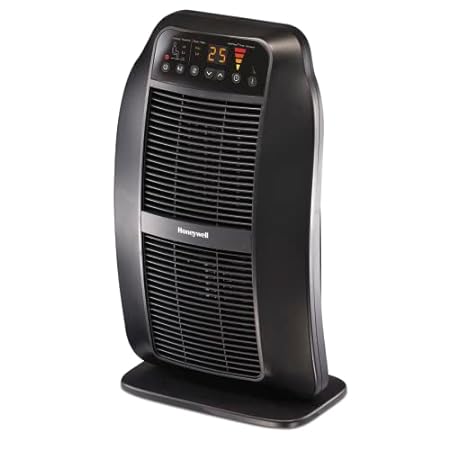
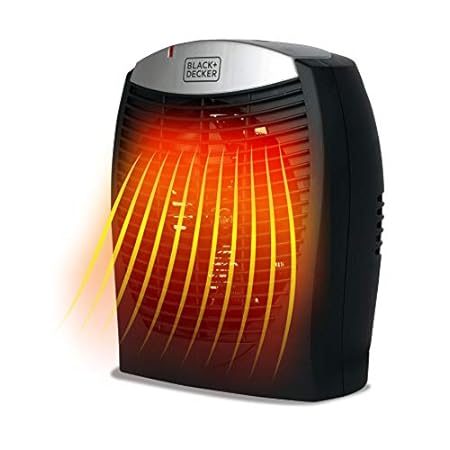
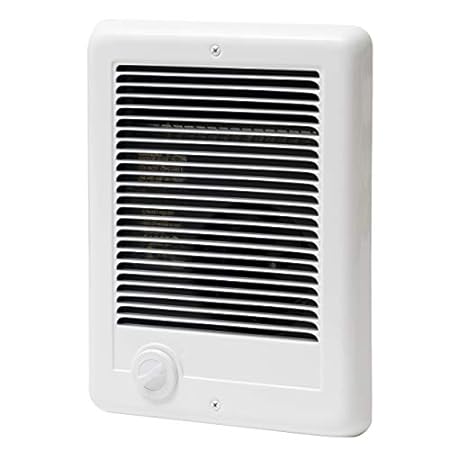

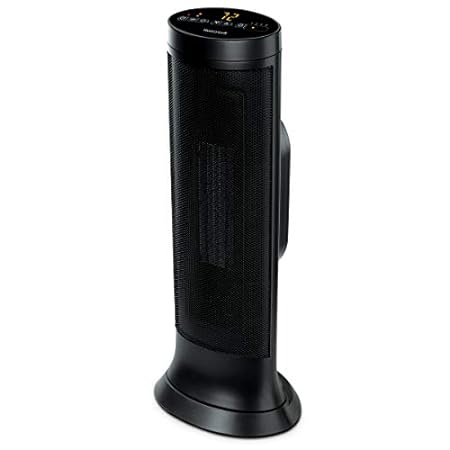
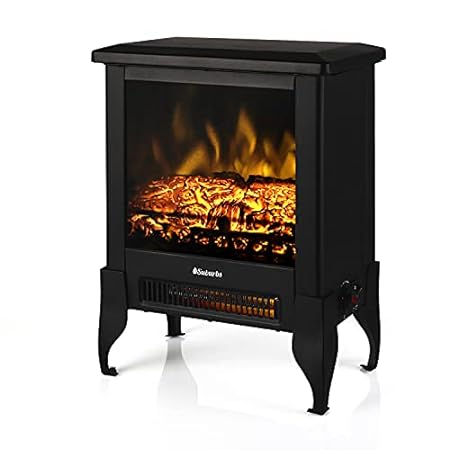
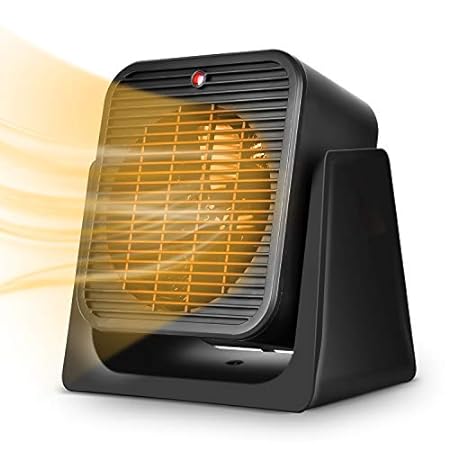
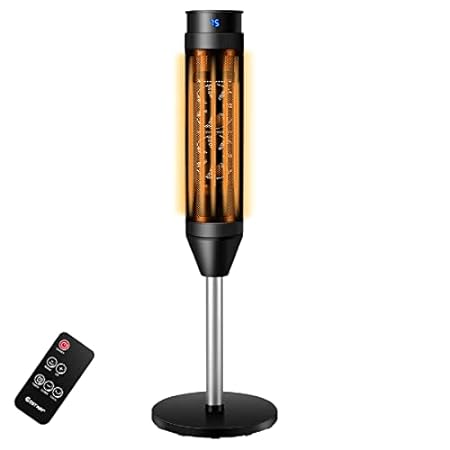



No Comments